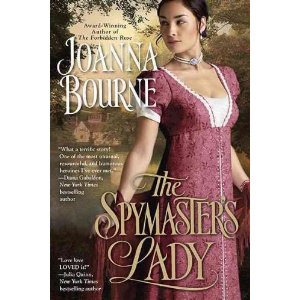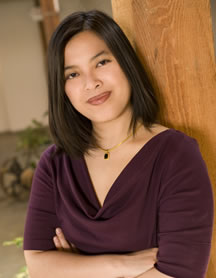When I was in college, I took an absolutely brilliant class on 20th century American war literature. Although my beliefs have always tended strongly toward pacifism, I grew up in a city with large military bases and a strong military history.
My grandfather told me stories of his experiences in the Philippines and Japan. Grandma said he never once spoke of the war after he came home until I was 12 and told him what I’d learned about it in school. He started telling me stories, and it was the first time she’d heard them, too.
I can’t think of any literature more heartbreaking than stories of armed conflict. For me, the most powerful stories aren’t those that focus on the political or ideological nature of war, but on the personal. The best war fiction shows the often absurd nature of conflict, and the contrast between those who are far removed from battlefields – families, politicians, media – and those who are far too close.
That’s why this poem – my sweet old etcetera by e.e. cummings – is my favorite war poem. In fact, it’s one of my favorite poems on any subject. I can’t read it without picturing my 22-year-old grandfather lying in mud and dreaming about the 19-year-old wife he left in California.
my sweet old etcetera
by e.e. cummings
my sweet old etcetera
aunt lucy during the recent
war could and what
is more did tell you just
what everybody was fighting
for,
my sister
isabel created hundreds
(and
hundreds) of socks not to
mention shirts fleaproof earwarmers
etcetera wristers etcetera, my
mother hoped that
i would die etcetera
bravely of course my father used
to become hoarse talking about how it was
a privilege and if only he
could meanwhile my
self etcetera lay quietly
in the deep mud et
cetera
(dreaming,
et
cetera, of
Your smile
eyes knees and of your Etcetera)
Do you have a favorite war poem or story? How are you marking Remembrance Day/Veterans Day?






















